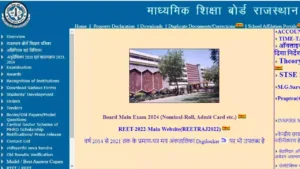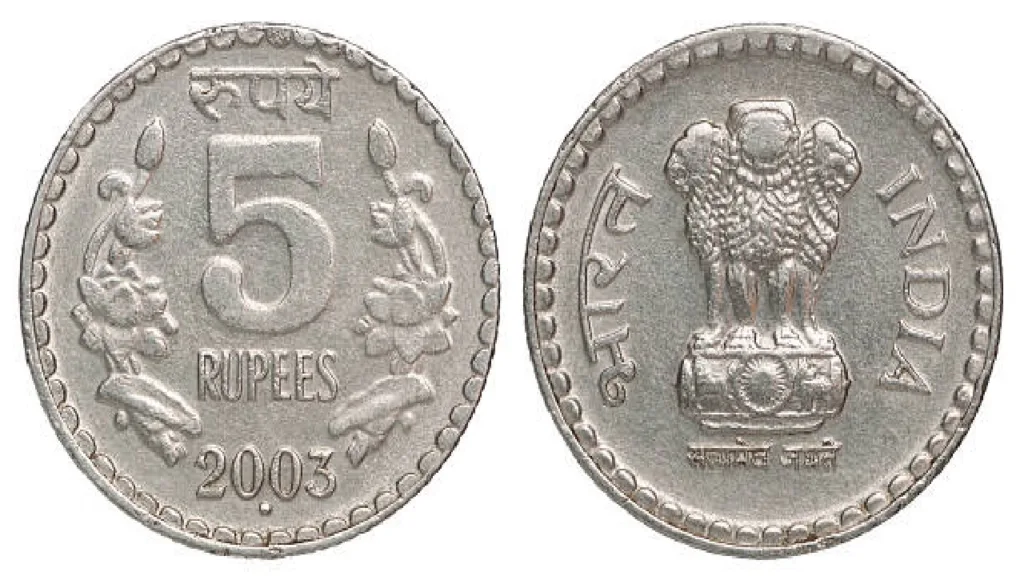The Swachh Bharat Abhiyan, launched in 2014, has been India’s flagship mission to achieve complete sanitation coverage. While building toilets has been a primary focus, a key initiative that often goes unnoticed is the Shauchalaya Sahayata Yojana (SSY). This government program provides financial assistance to those who need it most, making sanitation a reality for countless families.
Understanding the SSY: A Helping Hand for Toilet Construction
The Shauchalaya Sahayata Yojana targets individuals and families living below the poverty line (BPL) in rural areas. These families often struggle to afford the construction of toilets within their homes. The SSY bridges this gap by offering financial aid to construct individual household latrines (IHHLs).
Here’s how it works:
- Eligibility: Households registered under the BPL category can apply for the scheme.
- Financial Assistance: The government provides a subsidy of ₹12,000 per IHHL to eligible beneficiaries. This amount significantly reduces the financial burden of toilet construction for these families.
- Implementation: The scheme is implemented at the state level, with panchayats (village councils) playing a crucial role in application processing and verification.
The SSY not only promotes sanitation but also empowers these families. By enabling them to construct toilets within their homes, the scheme fosters dignity and privacy, particularly for women and girls.
Beyond Bricks and Mortar: The Ripple Effect of the SSY
The benefits of the Shauchalaya Sahayata Yojana extend far beyond the construction of toilets. Let’s explore the positive ripple effect it creates:
- Improved Health: Access to toilets reduces the risk of open defecation, a major cause of diarrhoeal diseases and other sanitation-related illnesses. This translates to a healthier population, particularly among children.
- Women’s Safety and Dignity: Open defecation often forces women and girls to seek isolated locations, exposing them to the risk of harassment and violence. The SSY ensures access to safe and private sanitation facilities within the home, promoting their safety and dignity.
- Environmental Benefits: Open defecation pollutes water bodies and soil. The SSY encourages proper sanitation practices, minimizing environmental degradation and promoting a cleaner surrounding.
- Behavioural Change: The scheme goes beyond just constructing toilets. It also focuses on educating beneficiaries about the importance of proper sanitation and hygiene practices. This fosters a long-term behavioural change within communities.
The SSY’s impact is not just about individual households; it contributes to achieving the larger goal of a cleaner and healthier India.
Challenges and the Road Ahead for the SSY
While the Shauchalaya Sahayata Yojana has been instrumental in promoting sanitation, there are still challenges to address:
- Awareness: Ensuring all eligible beneficiaries are aware of the scheme and understand the application process remains crucial.
- Social Stigma: In some communities, open defecation might still be practiced due to social stigma. Continued awareness campaigns are needed to address these issues.
- Sustainability: Long-term maintenance of the constructed toilets is essential. Promoting the use of locally available and sustainable materials during construction can help.
Addressing these challenges will ensure the SSY reaches its full potential and empowers more communities towards a cleaner and healthier future.
The SSY: A Testament to Collaborative Efforts
The success of the Shauchalaya Sahayata Yojana lies in its collaborative approach. Here’s how different stakeholders contribute:
- Government: The central government provides financial resources and sets guidelines for the scheme’s implementation.
- State Governments: They play a vital role in allocating funds to districts and ensuring smooth implementation at the state level.
- Panchayats: Village councils are responsible for identifying eligible beneficiaries, verifying applications, and monitoring the construction process.
- NGOs: Non-governmental organizations can play a crucial role in creating awareness about the scheme and promoting the importance of sanitation.
By working together, these stakeholders can ensure the SSY reaches all those who need it most, paving the way for a Swachh Bharat (Clean India).
The Shauchalaya Sahayata Yojana is a shining example of how a well-designed and implemented government program can significantly improve the lives of millions. By providing financial assistance, the SSY empowers families to construct toilets, leading to a healthier, safer, and more dignified life for all. As India marches towards a cleaner future, the SSY’s role remains critical in ensuring that no one is left behind.














